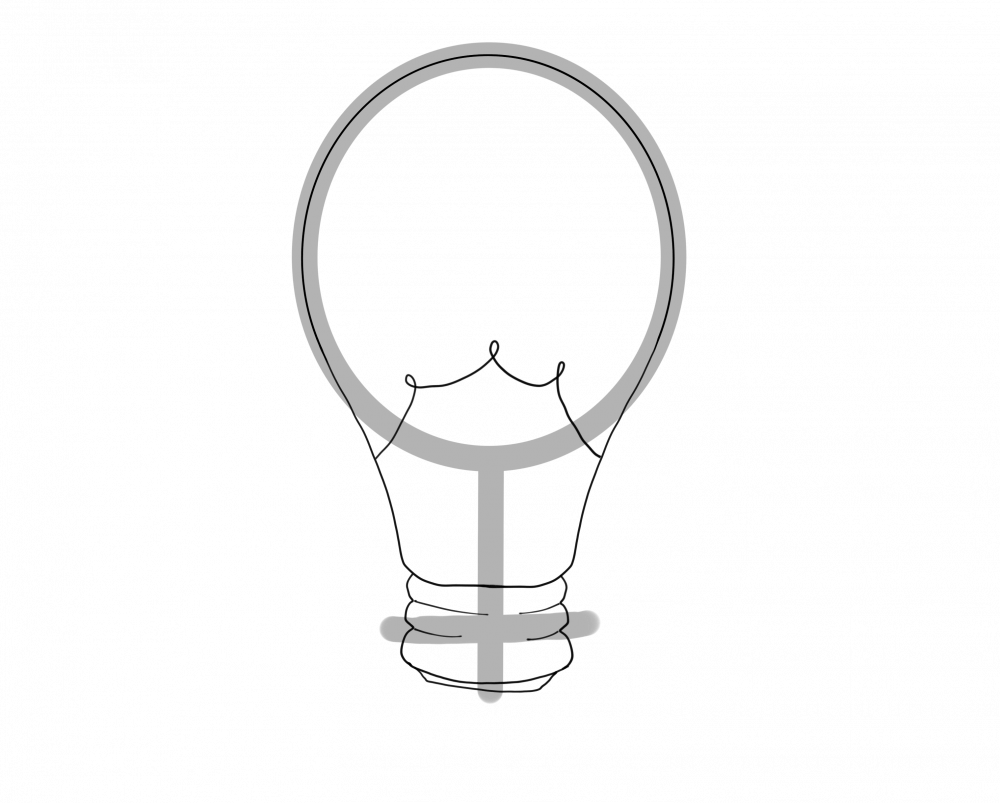Adam Maltese, an assistant professor of science education at IU, will lead a project designed to study the role of mentorship in increasing girls’ involvement in science, technology, engineering and math education, thanks to a $1.2 million grant from the National Science Foundation.
The Editorial Board applauds the initiative’s goal to give much-needed attention to an imbalance of gender representation in STEM fields, and we especially support its focus on early education.
The three-year Role Models in Engineering Education project will build on a 2017 publication in the American Educational Research Association journal that Maltese co-authored with Christina Cooper, an assistant professor of biology at Corban University.
Maltese and Cooper found that female students most likely cited that external sources maintained their interest in STEM, whereas male students more often cite their own initiative.
As research from the American Association of University Women shows, gender stereotypes about women’s inferiority in math and science harm their performance in these subjects. In light of these stereotypes, Maltese and Cooper’s finding highlights the importance of teachers’ roles in encouraging female students and resisting inaccurate biases.
It is also important to be clear about the specific STEM disciplines in which women are underrepresented.
Data from the National Science Foundation show women earn about half of all science and engineering degrees and earn the majority of bachelor's degrees in the biological, agricultural, psychological and social sciences.
The problem arises in computer sciences, engineering and physical sciences such as chemistry and physics, where women respectively earn 18, 20.1 and 38.7 percent of bachelor’s degrees. The Editorial Board hopes Maltese and his colleagues will consider these trends as they proceed with their project.
We cannot forget that gender gaps in STEM fields are not limited to education. As the U.S. Department of Commerce reports, women made up 47 percent of the U.S. workforce in 2017 but only occupied 24 percent of STEM jobs.
Disparities also exist in payment, even for highly educated women. The National Science Foundation found in its 2016 analysis of median annual salary for doctoral recipients that gender-based pay gaps exist in early every scientific discipline.
The authors of an AAUW report suggests these gaps could be due in part to likability biases that particularly harm women. Even when women achieve some degree of professional success, they are more likely to be seen as unlikeable in a way that stunts their potential for future accomplishments.
That said, even if the Role Models in Engineering Education project does not address these issues of salary and hiring, its mission of using mentorship as a constructive strategy is still valuable and worthwhile.
Research authored in 2016 by Sapna Cheryan, an associate professor of psychology at the University of Washington, identifies three large barriers for women in STEM. These include a lack of pre-college experience, the gender gap in belief about one’s abilities and a discouragingly masculine culture as the three leading inhibitors of female involvement in STEM fields.
These issues can all be at least partially addressed by mentors who encourage girls to believe in themselves from a young age and help these girls navigate gender-based challenges.
The Editorial Board understands there are many components to the problem of gender disparity in STEM fields and that no single project can address them all. We wish Maltese and his colleagues the greatest success in conducting their research and hope it will shape the future of educational practice.
Women deserve equal representation in the sciences and projects like Role Models in Engineering Education can help close the gap.



